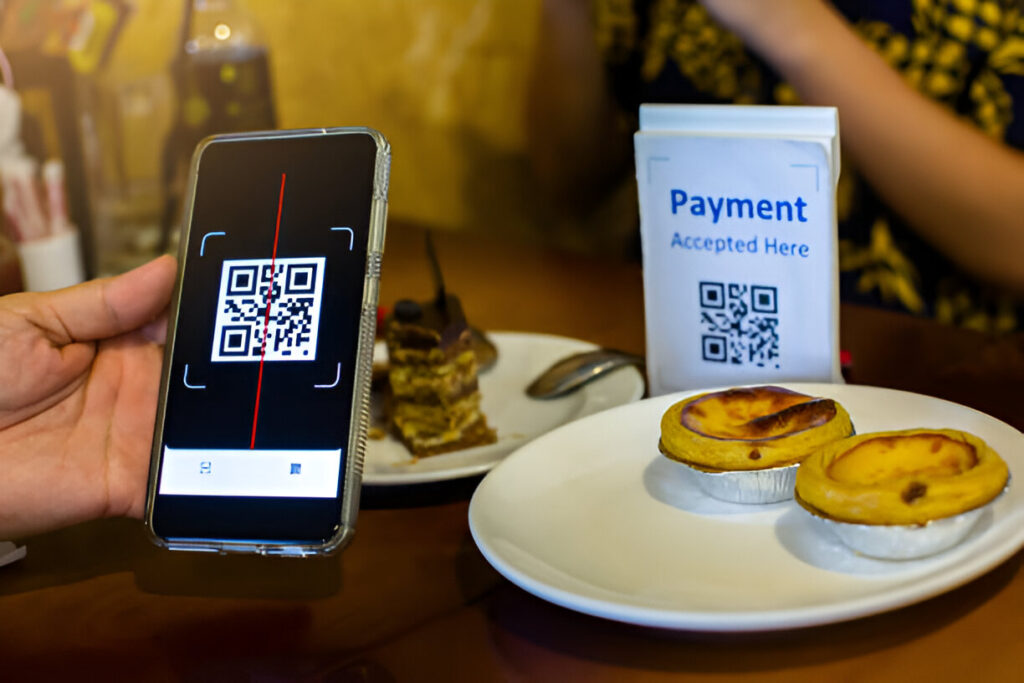In the ever-evolving landscape of the restaurant industry, technology has become an indispensable tool for enhancing customer experience and streamlining operations. One such technological innovation that has gained significant traction is the use of QR codes. These small, square barcodes have transformed the way restaurants interact with their patrons, offering a multitude of benefits that cater to both convenience and safety.
What are QR Codes?
QR (Quick Response) codes are two-dimensional barcodes that can be scanned using a smartphone camera or a dedicated QR code reader. They can store a variety of information, from URLs and contact details to payment information and more. Their versatility and ease of use have made them a popular choice for businesses across various industries, including the restaurant sector.
The Benefits of QR Codes in Restaurants
- Contactless Menus: One of the most prominent uses of QR codes in restaurants is for contactless menus. By scanning a QR code, customers can access the restaurant’s menu on their smartphones, eliminating the need for physical menus. This not only reduces the risk of transmitting germs but also saves on printing costs and allows for easy updates to the menu.
- Ordering and Payment: QR codes can facilitate a seamless ordering and payment process. Customers can scan a code to place their orders directly from their tables, reducing wait times and improving service efficiency. Similarly, payment can be made through a QR code, offering a quick and secure transaction method.
- Loyalty Programs and Promotions: Restaurants can use QR codes to manage loyalty programs and promotions. Customers can scan codes to earn points, redeem rewards, or access exclusive offers. This not only enhances customer engagement but also encourages repeat visits.
- Feedback and Reviews: QR codes can be used to gather customer feedback and reviews. By scanning a code, customers can be directed to a survey or review platform, allowing restaurants to collect valuable insights and improve their services.
- Enhanced Customer Experience: The use of QR codes can significantly enhance the overall dining experience. From quick access to menus and ordering to seamless payments and feedback collection, QR codes provide a modern, efficient, and convenient way for customers to interact with restaurants.
Implementing QR Codes in Restaurants
Implementing QR codes in a restaurant is relatively straightforward. Here are some steps to get started:
- Generate QR Codes: Use a QR code generator to create codes for menus, ordering, payment, loyalty programs, and feedback. Ensure that the codes are linked to the appropriate web pages or applications.
- Place QR Codes Strategically: Place QR codes in visible and accessible locations, such as on tables, menus, receipts, and promotional materials. Make sure they are easy to scan and clearly labeled.
- Educate Staff and Customers: Train your staff on how to use and promote QR codes. Additionally, provide clear instructions for customers on how to scan and use the codes.
- Monitor and Update: Regularly monitor the performance of your QR codes and update them as needed. Ensure that the linked content is always up-to-date and relevant.
Conclusion
The integration of QR codes in restaurants is a game-changer, offering numerous benefits that enhance both operational efficiency and customer satisfaction. As technology continues to advance, the use of QR codes is likely to become even more prevalent, shaping the future of the dining experience. Restaurants that embrace this technology stand to gain a competitive edge, providing a modern, convenient, and safe dining environment for their patrons.



